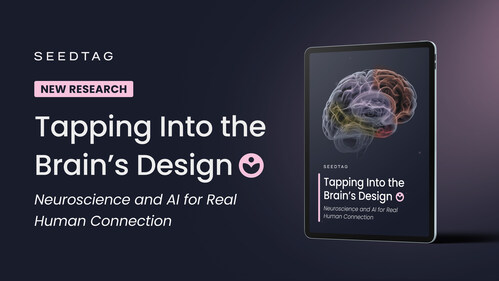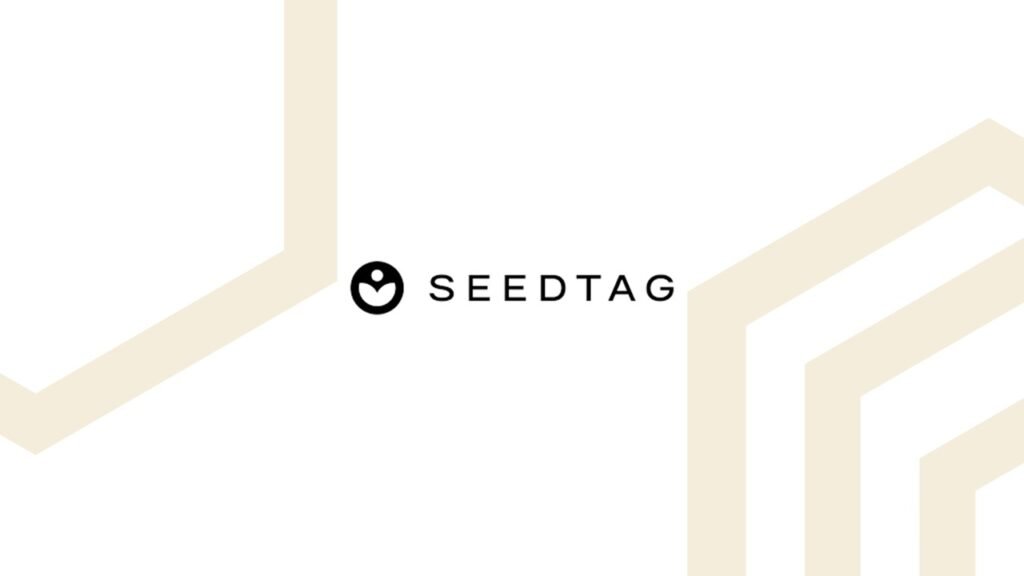Brain activity study shows Neuro-Contextual advertising drives 3.5x higher neural engagement and 26% lift in positive, action-driving response
NEW YORK, Nov. 19, 2025 /PRNewswire/ — Seedtag, the global neuro-contextual advertising company, announced today the results of a first-of-its-kind neuroscience study, conducted in partnership with Professor Moran Cerf of Columbia University. The research shows that Neuro-Contextual ads deliver 3.5x higher neural engagement than non-contextual ads – and 30% higher than standard IAB contextual ads. Amid a backdrop of traditional targeting methods becoming less reliable and attention harder to win, the findings give the industry a validated framework for driving meaningful engagement in a privacy-first future.

The study findings showed that Neuro-Contextual placements significantly outperformed the other formats, driving:
- 3.5x higher neural engagement vs. non-contextual ads
- +30% lift in neural engagement vs. standard contextual ads
- +26% increase in positive, action-driving emotional response
- Mobile Neuro-Contextual ads drive higher attention
- Sustained focus with no fatigue effect, even after multiple exposures
For brands and media planners, the findings indicate that advertising effectiveness is strongest when ads are matched to an article’s dominant interest, intent, and emotional tone. The research suggests that planning decisions grounded in emotional and cognitive signals—rather than surface-level categories or keywords—can improve audience receptivity and reduce cognitive friction. Neuro-contextual alignment provides a way to identify moments when audiences are naturally more open to engagement, allowing media investment to be guided by measurable indicators of attention and emotional resonance rather than inferred behavioral profiles.
“This research validates what we’ve known instinctively: that relevance is about human connection,” said Brian Gleason, CEO of Seedtag. “By combining neuroscience and AI, we can reach people in moments when they’re most receptive, leveraging advertising that feels natural, meaningful, and emotionally resonant without relying on personal data.”
The study also found that Neuro-Contextual ads activate more of the left frontal side of the brain, which governs emotions that drive engagement, generating a 26% increase in positive, approach-oriented emotions over standard contextual ads. The effect was notably stronger with Neuro-Contextually-aligned ads designed to evoke emotions of trust, excitement and approval, key drivers of consumer action. It also revealed mobile as the strongest driver of attention. Mobile’s personal, close-range viewing context enhances cognitive focus, amplifying the impact of Neuro-Contextual ads.
“Neuro-Contextual advertising empowers brands to plan beyond reach, creating true resonance by connecting with how people think and feel,” Shari Muñoz, Head of Research North America at Seedtag said. “By understanding interest, emotion, and intent together, we’re redefining how media decisions are made, and creating a future where advertising connects seamlessly with audiences.”
“Brain alignment is the currency of great content,” said Professor Moran Cerf of Columbia University. “This study proves that when the emotion of an ad matches the emotion of its environment, the brain works less and remembers more. Neuro-contextual advertising is just more human.”
The research used electroencephalography (EEG) to measure real-time brain activity and cross-brain correlation (CBC) as participants were exposed to three ad types: neuro-contextual, standard contextual, and non-contextual. The objective of the study was to bring a scientific framework to advertising by exploring how Neuro-Contextual alignment enhances the effectiveness of contextual targeting and elevates the overall impact. Thanks to Seedtag’s proprietary AI, Liz, which powers neuro-contextual targeting through advanced embeddings, respondents were able to see ads that matched the emotional tone, intent and interest signals in real time across different environments. By tapping into the brain’s natural design, Liz ensured ads appeared in environments that aligned with both what people care about and how they feel, enabling privacy-first precision that drives performance.
The full white paper, “Tapping Into the Brain’s Design: Neuroscience and AI for Real Human Connection,” is now available at: https://info.seedtag.com/neuro-contextual-research
Methodology
The study was conducted between August and November 2025 in New York. Using electroencephalography (EEG), respondents’ brain activity was measured while they browsed simulated content environments on desktop and mobile containing three ad types: neuro-contextual, standard contextual, and non-contextual. Neural indicators such as cross-brain correlation (for shared engagement) and frontal alpha asymmetry (for emotional and motivational valence) were analyzed to assess how different ad-context pairings affected attention, engagement and emotional response. This framework provided an objective measure of how alignment between content and cognition influences advertising impact.
About Seedtag
Seedtag applies advanced AI to deliver privacy-first advertising at scale. As the global leader in neuro-contextual advertising, Seedtag moves beyond traditional contextual targeting methods such as keywords and categories. Instead, Seedtag understands deeper signals of interest, intent, and emotion to create custom audiences based on a brand’s objectives. Seedtag’s AI agent activates this intelligence into optimized full-funnel campaigns across premium CTV, video, and open web inventory.
Founded in 2014, Seedtag is headquartered in New York City and Madrid, with a global team of 700+ professionals across EMEA, LATAM, North America, and APAC.
Photo – https://mma.prnewswire.com/media/2826357/Neuro_contextual_Research.jpg
Logo – https://mma.prnewswire.com/media/2743614/5629685/Seedtag_Logo.jpg
SOURCE Seedtag


